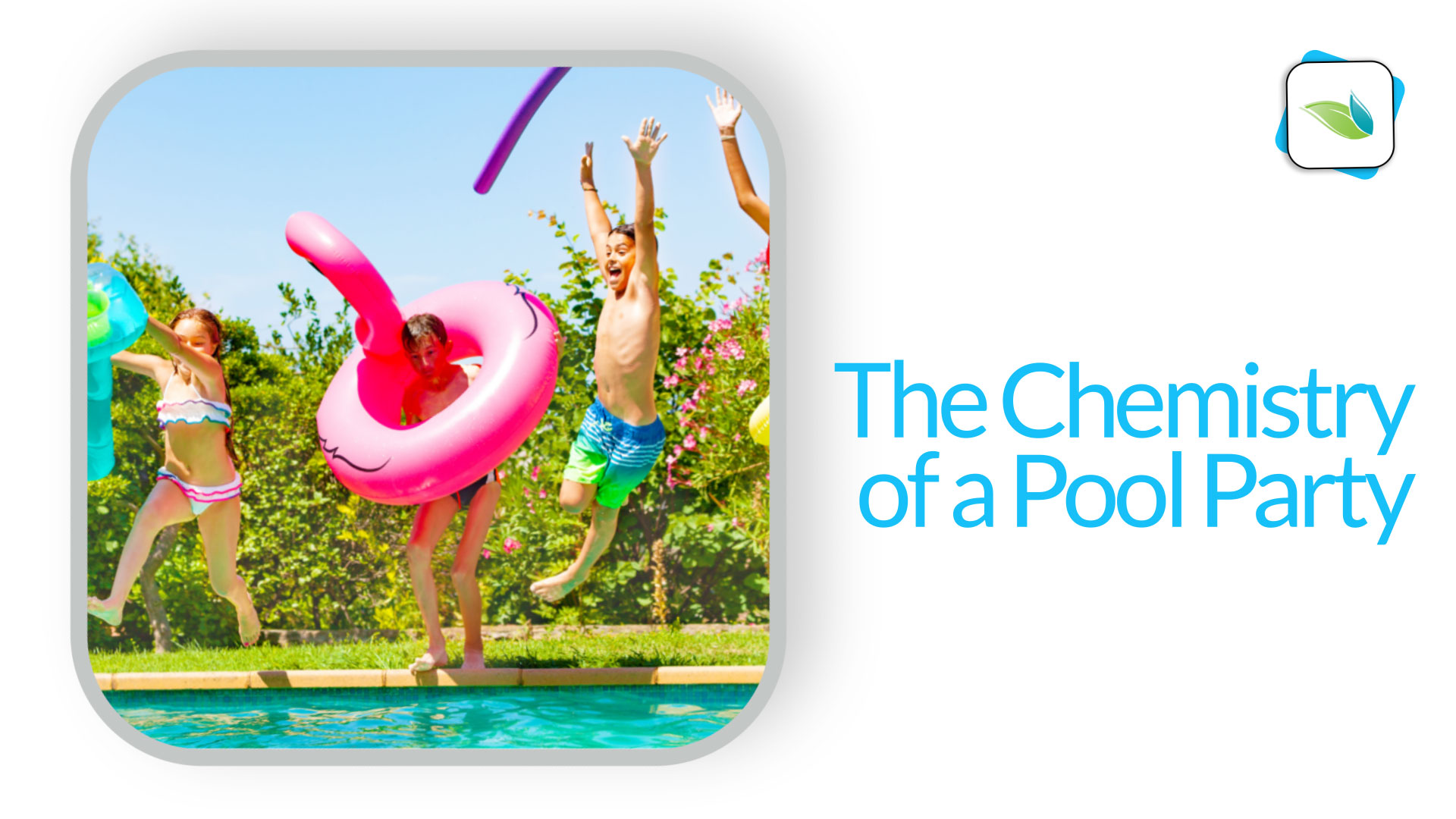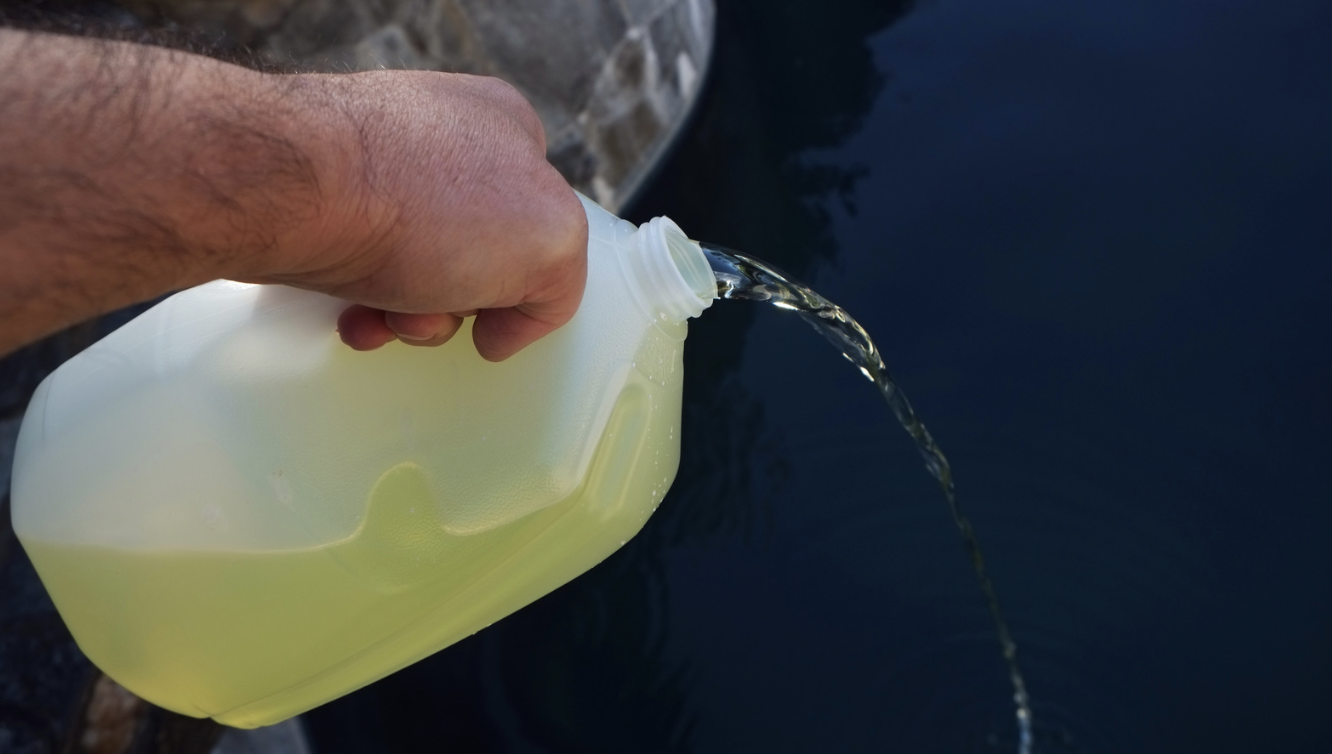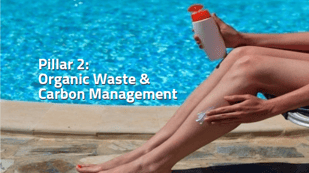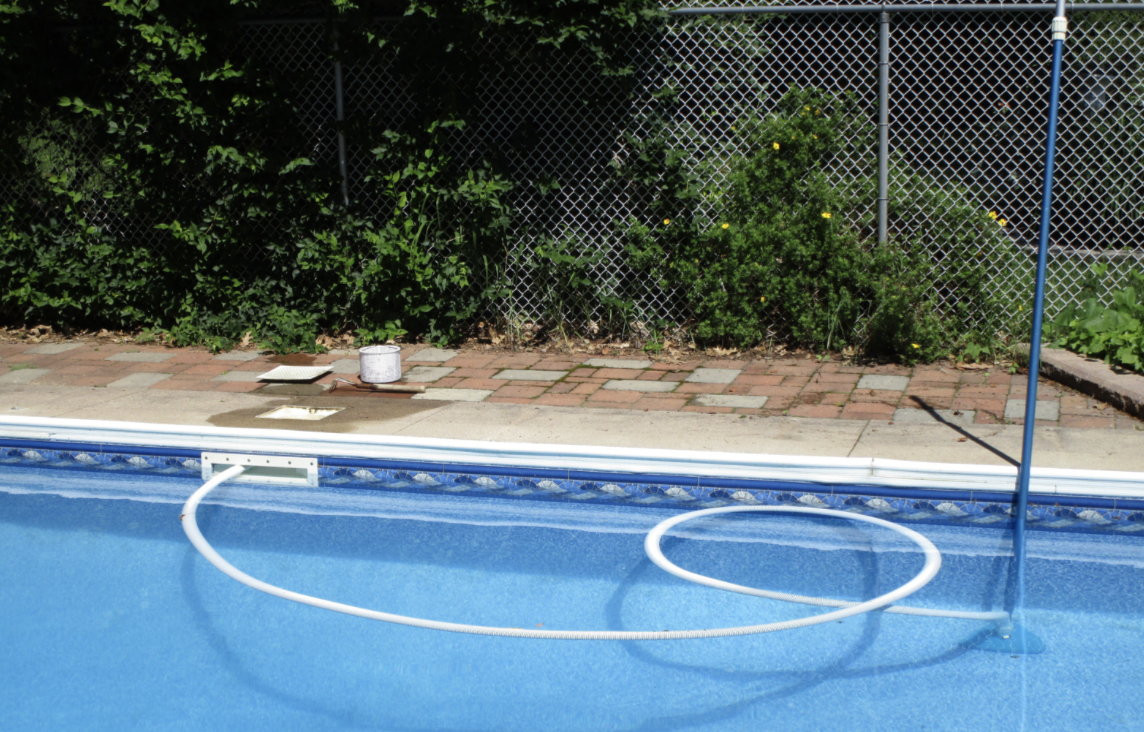The Chemistry of a Pool Party

Hosting a pool party? You might want to be aware of the challenges your pool will need to overcome. But no worries, we've got you covered in this article.
Covered in this article:
- Chlorine demand
- Sanitizer demand
- Oxidant demand
- Stress on pool equipment
- Filters
- Chlorinator (if applicable)
- Secondary sanitization system (if applicable)
- Best practices for hosting a pool party
- Conclusion
Chlorine Demand
People in the pool means more chlorine demand. Not only do we introduce germs to the water (sanitizer demand), we also introduce a tremendous amount of non-living organics, which contribute to the oxidant demand. And heaven forbid you or your friends pee in the pool, which would introduce urea in the water, adding even more oxidant demand. Let's talk about these factors before moving on.
Sanitizer demand
 Germs, viruses, and any other living microbes need to be killed by chlorine to keep water safe and healthy. Sanitization is basically a race between the killing speed of your sanitizer (chlorine) and the growth/reproduction rate of the contaminant. As long as you're killing faster than the contaminant can reproduce, your water is considered safe. But during a pool party, it's important to remember that people are constantly introducing more germs to the pool. Chlorine can be used up quickly on other things, and the last thing you want is to run out of chlorine during (or shortly after) a pool party.
Germs, viruses, and any other living microbes need to be killed by chlorine to keep water safe and healthy. Sanitization is basically a race between the killing speed of your sanitizer (chlorine) and the growth/reproduction rate of the contaminant. As long as you're killing faster than the contaminant can reproduce, your water is considered safe. But during a pool party, it's important to remember that people are constantly introducing more germs to the pool. Chlorine can be used up quickly on other things, and the last thing you want is to run out of chlorine during (or shortly after) a pool party.
We'll touch on supplementing chlorine in a bit, but now is a good time to mention secondary sanitizer systems. If your pool is heavily used, it makes sense to supplement chlorine with a system that also kills germs and viruses. The most common secondary sanitizer systems are UV, Ozone, and AOP. There are a few other technologies that get introduced to the industry over time, though it takes a while for them to be proven, and for them to get NSF-50 certification and EPA registration for their killing claims.
If you have a secondary system, that's great! Most residential pools do not, but they can really make a big difference when it comes to keeping water safe and clean during (and after) a pool party.
Oxidant demand
 The vast majority of chlorine's job is oxidizing non-living stuff out of the water. This stuff is referred to as the oxidant demand. There are three categories of oxidants worth mentioning: metals, nitrogen compounds, and non-living organics. Metals and nitrogen compounds in residential pools tend to be a very small percentage of the oxidant demand, while non-living organics dominate this category.
The vast majority of chlorine's job is oxidizing non-living stuff out of the water. This stuff is referred to as the oxidant demand. There are three categories of oxidants worth mentioning: metals, nitrogen compounds, and non-living organics. Metals and nitrogen compounds in residential pools tend to be a very small percentage of the oxidant demand, while non-living organics dominate this category.
Related: Non-living organic waste and carbon management (Pillar 2)
Non-living organics include natural body oils, sweat, mucus, and dead skin cells (mmmm, sounds great doesn't it?). Chlorine can oxidize these things over time, but it was not made to oxidize. Chlorine is made to kill. Its strength as an oxidizer pales in comparison to its strength as a disinfectant. And these non-living organics are just the natural ones that our bodies produce. The bulk of the oxidant demand is actually from the products we put on our bodies; namely lotions, deodorants, cosmetics, and sunscreen. Sunscreen in particular is a complex substance that chlorine tends to struggle to remove from water.
All of these oxidants put an enormous burden on the chlorine you are depending on to keep your water clean and safe. We'll get to how to better address these oxidants later, in the best practices section. For now, let's move on from chlorine demand and talk about the stress a pool party can put on your pool and its equipment.
Stress on pool equipment
If your pool is used to having a handful of people in it each week, then suddenly there are 20 swimmers in a single day for a party, which puts stress on the pool equipment. Primarily the filter.
Filter stress
 In a perfect world, all the non-living organics and dirt from bathers would be captured by the filtration system during a pool party, which keeps the water clean and clear. In reality, however, most people struggle to keep water from turning cloudy during and after a pool party. This is because of the stress on the filter. Non-living organics, in particular, tend to gunk up filter media. This goes for all types of filter media, but the filters affected the most are cartridge filters and sand filters.
In a perfect world, all the non-living organics and dirt from bathers would be captured by the filtration system during a pool party, which keeps the water clean and clear. In reality, however, most people struggle to keep water from turning cloudy during and after a pool party. This is because of the stress on the filter. Non-living organics, in particular, tend to gunk up filter media. This goes for all types of filter media, but the filters affected the most are cartridge filters and sand filters.
It's important to monitor filter pressure during and after the pool party. Pressure will climb, and the filter will need to either be backwashed or cleaned afterward. You will probably notice the slimy organics when you clean the filter. It's gross. Be sure to thank your pool service professional for doing this dirty job (if you have one). Cleaning a dirty filter is no fun, but it's necessary.
D.E. filters may also need to be cleaned and recharged with new D.E. or perlite media after a pool party. These filters tend to handle pool parties better than most, because they have a large surface area and excellent screening ability. But enough filter pressure can crush the grids inside, which can be a costly mistake. Monitor the filter pressure to avoid this.
Chlorinator stress
If your pool has a saltwater chlorine generator (aka saltwater generator, or SWG), it may struggle to keep up with the chlorine demand. Most do, even when running at 100%. This is because the rapid increase in chlorine demand is more than a salt system can typically produce. And that's not a knock on salt systems at all, it's just emphasizing the chemistry impact of a pool party.
If you're operating a commercial pool, you probably have a liquid chlorine feeder or cal hypo chlorinator. These systems also tend to fall behind. If your commercial pool has ORP and free chlorine probes, you have a better chance of keeping up because the chlorinator will be feeding more during the party. If not, there's a chance chlorine will be consumed faster than it is introduced.
Secondary system stress (if applicable)
If your pool has a secondary system, like UV, ozone, AOP or hyper-dissolved oxygen (HDO), you have a distinct advantage when it comes to hosting a pool party. Your secondary system–assuming it is operating properly–can supplement chlorine in a big way. Secondary systems don't typically get "stressed", but we want to include them in this conversation, particularly because of UV. Ozone, AOP and HDO feed gas into a bypass loop, and as a result do not have the same exposure to organics in the water as UV does.
UV is an outstanding sanitizer, but it is not an oxidizer. This means it can kill germs and viruses with ease, but will not be able to break down non-living organics or nitrogen compounds (unless those compounds have already combined with chlorine).
The stress on a UV system presents itself as scum on the quartz glass tube around the UV lamp inside. You see, a UV system has a bright light inside that 100% of the water circulating must flow through. But if you've got a bunch of organics floating in your water, in the hot UV chamber, they tend to burn onto the glass tube and make it dirty. Compounding this problem is sunscreen in the water, which specifically blocks UV light.
All that is to say it's worth having a pool service professional clean your UV system periodically to keep it performing at its best.
Best practices for hosting a pool party
Hosting a pool party can be great fun and low stress if you follow these best practices.
- Prepare the water for the additional bathers
- Increase free chlorine, vacuum the pool, net debris out of the water, clean skimmer baskets and strainer basket on the pump.
- Supplement chlorine with enzymes to manage non-living organics, especially if you do not have a secondary oxidizer system.
- Encourage guests to not pee in the pool.
- After the party, clean/backwash the filter and vacuum the pool if necessary.
- Test chemistry for total chlorine and free chlorine. Subtract (TAC - FAC) to find out if you have combined chlorine. If you do, breakpoint chlorination is your next step.
- If your pool looks cloudy, oily or dull, your chlorine fell behind, most likely because of the oxidant demand. Consider purging your pool if you have not done so already.

Conclusion
Pool parties stress the pool and equipment for a relatively short amount of time, but the impact can have longer consequences. Chlorine falls behind and may struggle to catch up even days or weeks later. Pay attention to oxidant demand. Non-living organics, in particular, are the main issue when hosting pool parties. Keep ahead of them by supplementing chlorine. If you have further questions, let us know!
